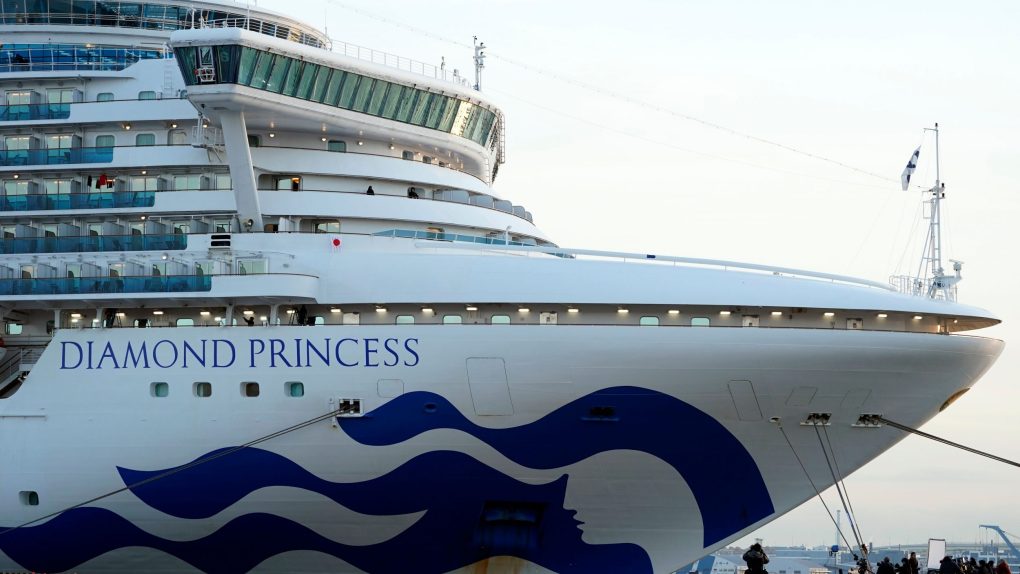- A new coronavirus study from the CDC shows that traces of the novel coronavirus can last on surfaces for even longer periods of time than we initially believed — traces of the virus were discovered 17 days after quarantined cruise ships were vacated, but it wasn’t live virus.
- That’s not enough to prove transmission from surfaces is possible after such an extended period, but the study reinforces the idea that good hygiene practices are an absolute necessity to prevent the spread of the virus.
- A recent study showed that the virus can survive and infect people for up to three days on certain surfaces, and these new findings haven’t changed most expert opinions.
- Visit BGR’s homepage for more stories.
It’s been nearly three months since the first COVID-19 case was first reported, and a whole lot has happened since then. Yes, the SARS-CoV-2 virus has infected nearly 400,000 people as of the time of this writing, claiming the lives of more than 16,200 patients, but that’s partly because many countries around the world delayed their responses despite the coronavirus developments that came out of China and then Italy. It’s also because this virus is highly infectious and incredibly resilient. But in those three months, a large number of coronavirus studies have produced important developments. Researchers around the world already analyzed various aspects of the SARS-CoV-2 virus and the COVID-19 disease, which will help us fight the contagion more efficiently. It’s thanks to those studies that we know we have to stay away from other people, including our loved ones, to minimize the risk of infection. Washing hands often and disinfecting commonly used objects and surfaces at home is also very important as the virus can survive on various surfaces for up to three days, according to recent findings. It turns out that parts of the virus can survive even longer than that though, as the Centers for Disease Control and Prevention (CDC) found SARS-CoV-2 traces on cruise ships 17 days after COVID-19 patients were vacated.
The (CDC) published a new study that looked at the COVID-19 outbreaks on cruise ships. That’s because until not long ago, the Diamond Princess was the largest COVID-19 hot zone out of China, with more than 700 passengers and crew who were infected. This ship was quarantined in Japan, with authorities forcing the 3,700 passengers and crew to stay on the boat, a decision that may have increased the risk of getting an infection. A different “princess,” the Grand Princess, was moored off the coast of California after two people who disembarked tested positive.
The CDC looked at the particularities concerning an outbreak on a cruise ship in light of the novel coronavirus pandemic, trying to understand the factors that impacted the SARS-CoV-2 transmission between passengers and crew members before the ships were quarantined.
A cruise ship is the perfect place for a virus to spread, especially the kind of microorganism that needs a long incubation period and gives off no early warnings when it comes to symptoms. Those who are infected don’t always display any signs, and the most common symptoms mimic the flu in most cases.
The study showed that the number of crew infections peaked after the ship was quarantined, whereas transmissions among passengers occurred before that. Also, crew members who were infected during a voyage had likely passed on the virus to the passengers on the next voyage:
Cruise ships are often settings for outbreaks of infectious diseases because of their closed environment, contact between travelers from many countries, and crew transfers between ships. On the Diamond Princess, transmission largely occurred among passengers before quarantine was implemented, whereas crew infections peaked after quarantine. On the Grand Princess, crew members were likely infected on voyage A and then transmitted SARS-CoV-2 to passengers on voyage B. The results of testing of passengers and crew on board the Diamond Princess demonstrated a high proportion (46.5%) of asymptomatic infections at the time of testing. Available statistical models of the Diamond Princess outbreak suggest that 17.9% of infected persons never developed symptoms. A high proportion of asymptomatic infections could partially explain the high attack rate among cruise ship passengers and crew.
The CDC also analyzed surfaces and discovered traces of the virus on the Diamond Princes up to 17 days after the cabins were vacated:
SARS-CoV-2 RNA was identified on a variety of surfaces in cabins of both symptomatic and asymptomatic infected passengers up to 17 days after cabins were vacated on the Diamond Princess but before disinfection procedures had been conducted.
The data isn’t enough “to determine whether transmission occurred from contaminated surfaces,” the CDC said. But further study of fomite transmission of SARS-CoV-2 aboard a cruise ship is clearly warranted.
Say it with me: *viral RNA doesn't necessarily mean live virus was present.* Now you're going to see "coronavirus can live on surfaces for 17 days!" over and over, but we don't know that based on this study and for those using live virus, it's much shorter. /7
— Dr. Tara C. Smith (@aetiology) March 24, 2020
Also, it’s unlikely that the virus is still contagious after 17 days on a surface just because they were able to find traces of it inside cabins, infectious disease epidemiologist Dr. Tara C. Smith explained on Twitter. That said, it’s impossible to confirm exactly how long the virus lived and remained contagious on those surfaces.
What should matter to most people is that the virus can likely only survive outside of hosts for much shorter periods, but that seems to be enough to increase the risk of infection. The only way to limit its reach is to stay isolated from others for as long as possible and to continue to practice good hygiene — that includes washing your hands often and disinfecting common areas and objects.








